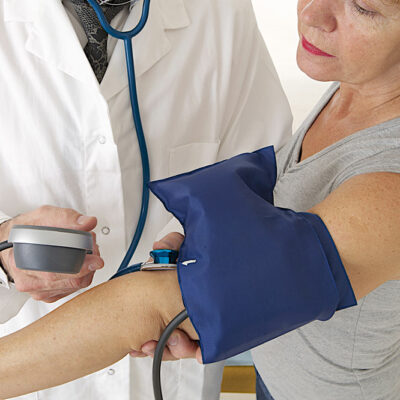
Common Treatment Options for Acid Reflux and GERD
GERD or gastroesophageal reflux disease is a condition where the acid in the stomach flows backward into the mouth and esophagus. This phenomenon is called acid reflux. Since the esophagus is not designed to withstand frequent reflux, its lining gets irritated. Milder cases can be managed by modifying diet and lifestyle habits. More severe cases lead to GERD and require treatment.
Given below are some of the common treatment options for acid reflux and GERD.
1. Lifestyle changes
Losing weight helps ease GERD. One should avoid the habit of lying down immediately after a meal. Wherever you do lie down, elevate your head so that gravity can help the stomach keep its contents within more easily. This can be achieved by placing blocks under the mattress at the head of the bed. Foods and beverages that make the stomach more acidic only add to acid reflux problems. Alcohol and foods that are high in fats are to be avoided. Eating large meals also increases the pressure on the stomach. One should, additionally, avoid wearing clothing that is very tight around the stomach region.
2. Antacids
Antacids are readily available over the counter. They help to temporarily reduce the acid levels of the stomach contents. However, they are not one of the long-term treatment options for acid reflux and GERD. Antacids do little to repair the damage caused to the esophagus by acid.
3. Histamine 2 (H2) receptor blockers
Histamine 2 receptor blockers or H2 receptor blockers block and reduce the acid production in the stomach for as long as 12 hours. They do not give the immediate relief that antacids do. This treatment option is available over the counter as well as by prescription.
4. Proton Pump Inhibitors or PPIs
These medications are stronger than the H2 receptor blockers. They also help to heal the damage that is sustained by the esophagus. Similar to the H2 receptor blockers, PPIs are sold over the counter and also with prescriptions.
5. Baclofen
One of the other treatment options for acid reflux and GERD, this is a medication that is useful in strengthening the lower esophageal sphincter. It thus effectively blocks acid reflux.
6. Fundoplication
This is a surgical procedure that is usually done through laparoscopy. It is minimally invasive, and involves wrapping the upper part of the stomach around the esophageal sphincter muscle. This strengthens the muscle and helps it keep the stomach contents from flowing out. The procedure can be either a partial or complete wrapping.
7. LINX device
The LINX device is a ring that is placed around the esophageal muscle. It is made of small magnetic beads that are naturally attracted to each other, keeping the muscle that is opening closed. However, the beads give way when food passes through. This device supports and mimics the action of the esophageal sphincter muscle. It is placed using a minimally invasive surgical procedure.
8. Transoral Incisionless Fundoplication (TIF)
As the name indicates, TIF is a procedure that is performed through the mouth (oral cavity). It uses an endoscope and does not involve a surgical incision in the abdomen. It is one of the newer treatment options for acid reflux and GERD that uses polypropylene fasteners to tighten the lower esophageal sphincter muscle. It has a very minimal recovery time. If the patient is also suffering from a hiatal hernia, this procedure will have to be accompanied by laparoscopic surgery to repair the hernia.
A medical professional will consider your overall health and the specifics of your GERD issues before deciding on appropriate treatment options for acid reflux and GERD.


